Ever wondered what it’s like to dine like royalty without the crown or the castle? These once unreachable delicacies were reserved for kings, queens, and emperors, gracing golden platters at lavish banquets while the rest of the world could only dream. From the rich aroma of saffron to the buttery decadence of lobster, these prized bites were symbols of wealth and power. But times have changed, and so have our grocery aisles. Today, these royal delights are surprisingly accessible, allowing you to savor the flavors of history and luxury—without needing an invitation to a palace feast.
1. Lobster: From Prisoner’s Punishment to Premium Plate
Believe it or not, lobster was once so common in colonial America that prisoners complained about being forced to eat it too often! European royalty, however, treasured these crustaceans for their sweet meat and impressive presentation at banquets.
By the late 19th century, lobster became fashionable among the elite. Nowadays, while not exactly cheap, lobster is readily available in seafood restaurants worldwide, from fancy establishments to casual shacks.
The transformation from royal delicacy to mainstream seafood shows how dramatically our food culture has evolved, making yesterday’s exclusive luxuries today’s special-occasion meals.
2. Foie Gras: The Controversial Royal Indulgence
Ancient Egyptians discovered the delicacy of fattened duck liver, but French aristocracy perfected it into the buttery, rich foie gras we know today. Louis XVI was reportedly so obsessed with this delicacy that he ate it several times weekly.
The production method—force-feeding ducks or geese—remains controversial, even leading to bans in some regions. Nevertheless, foie gras appears on menus of upscale restaurants globally.
Modern variations include ethical alternatives where birds naturally gorge themselves. While still considered a luxury item, foie gras has moved from exclusively royal tables to being accessible to anyone willing to splurge on a special dining experience.
3. Caviar: Tiny Eggs With a Mighty Price Tag
Russian tsars and European monarchs once hoarded these salt-cured fish eggs for themselves. Caviar from the Caspian Sea was so precious that some royal families had special caviar servants whose sole job was handling this delicacy!
The collapse of the Soviet Union opened up trade routes, making caviar more accessible globally. Today, farm-raised sturgeon produces most commercial caviar, creating more affordable options.
While premium Beluga caviar still commands astronomical prices, many people can now experience the distinctive pop and briny flavor of other varieties. From blini toppings to garnishes on deviled eggs, this former royal treat now appears at special occasions for ordinary folks.
4. Truffles: Underground Treasures Fit for Emperors
Ancient Romans believed truffles were created when lightning struck damp earth. These mysterious fungi became prized by French royalty who employed specially trained dogs and pigs to hunt for the aromatic delicacies hidden beneath forest floors.
King Francis I of France was so enchanted by truffles he called them “the diamond of the kitchen.” Their intense earthy aroma and distinctive flavor made them status symbols at royal banquets.
Modern cultivation techniques and global shipping have made truffles more accessible. While fresh specimens remain expensive, truffle oil, salt, and preserved products allow everyday cooks to add a touch of this formerly royal ingredient to pasta, eggs, and risotto.
5. Saffron: The Golden Spice of Kings
Harvested from the stigmas of crocus flowers, saffron requires approximately 75,000 blossoms to produce just one pound! Persian kings and Roman emperors treasured this vibrant spice for its color, aroma, and supposed medicinal properties.
Cleopatra allegedly bathed in saffron-infused water for its beautifying effects. Medieval European nobility used it as both medicine and status symbol, with the wealthy adding it to dishes purely to showcase their riches.
Today, while still the world’s most expensive spice by weight, saffron has become a staple ingredient in accessible dishes like Spanish paella, Indian biryani, and Italian risotto. A tiny pinch goes a long way, making this former royal luxury practical for home cooks worldwide.
6. Pineapple: The Crown Jewel of Fruit Platters
Christopher Columbus introduced pineapples to European royalty after encountering them in Guadeloupe in 1493. The fruit became so precious in 18th-century Europe that King Charles II of England posed for an official portrait receiving one as a gift!
Wealthy aristocrats would rent pineapples for display at parties (without eating them) to showcase their connections and wealth. Some estates built special heated “pineapple pits” just to grow a single fruit for the lord’s table.
Modern shipping and tropical plantations have transformed this once-royal symbol into an everyday fruit. Now available year-round in grocery stores worldwide, pineapples have gone from status symbols to pizza toppings and fruit salad staples.
7. Chocolate: The Divine Drink of Aztec Rulers
Montezuma II, the Aztec emperor, reportedly drank 50 cups of chocolate daily from golden goblets! When Spanish conquistadors brought this bitter beverage to Europe, it was initially consumed exclusively by royalty and aristocrats who could afford the exotic import.
European nobility transformed the drink by adding sugar and spices. The invention of the chocolate press in 1828 revolutionized production, making solid chocolate possible.
From the exclusive drink of kings to the affordable pleasure we enjoy today, chocolate has undergone a remarkable democratization. Modern manufacturing techniques have transformed this once-royal indulgence into everything from humble candy bars to sophisticated truffles available to people of all social classes.
8. Coffee: The Royal Brew That Conquered the World
Legend claims coffee was discovered by an Ethiopian goatherd whose animals became energetic after eating certain berries. By the 16th century, coffee had reached the Ottoman court, where it became a luxury drink served in elaborate ceremonies for sultans and visiting dignitaries.
King Louis XIV of France received coffee trees as a royal gift and kept them in his personal greenhouse. European royalty established exclusive coffee houses where aristocrats gathered to sip the exotic beverage and discuss politics.
From these royal beginnings, coffee has become perhaps the most democratized former luxury on earth. Now consumed by billions daily, from humble kitchens to corporate boardrooms, coffee’s journey from royal exclusivity to universal availability is truly remarkable.
9. Almonds: The Ancient Nut of Pharaohs and Kings
Tutankhamun took almonds to his grave—archaeologists found them in his tomb! These nuts were so precious in ancient Egypt that pharaohs included them among burial treasures for the afterlife.
Persian royalty believed almonds enhanced intellectual ability and longevity. King Louis XIV of France adored marchpane, an almond paste confection similar to today’s marzipan, considering it an aphrodisiac worthy of Versailles banquets.
Agricultural expansion and modern farming have transformed almonds from royal luxuries to everyday ingredients. Now grown extensively in California and Mediterranean countries, these once-precious nuts appear in everything from breakfast cereals to milk alternatives, accessible to people of all social classes.
10. White Bread: When a Simple Loaf Signified Nobility
Hard to imagine bread as a luxury, right? Yet in medieval Europe, only nobility enjoyed white bread made from expensive refined flour. Peasants ate dark, coarse bread while watching lords feast on fluffy white loaves.
The whiter the bread, the higher one’s social status. Royal bakers used special sifting techniques to remove bran and germ, creating the purest white bread for kings and queens.
The industrial revolution and modern milling technology changed everything. Refined white flour became widely available, allowing everyone to eat what was once a royal privilege. Though nutritionists now often recommend whole grains, the democratization of white bread represents one of history’s most complete reversals of food status.
11. Potatoes: From Royal Gardens to Global Staple
When Spanish conquistadors brought potatoes from South America in the 16th century, European royalty initially viewed them with suspicion. King Frederick the Great of Prussia famously planted potatoes in his royal garden and posted guards to create artificial scarcity and interest!
Marie Antoinette wore potato flowers in her hair to promote the vegetable among French nobility. Despite initial royal patronage, common people resisted adopting potatoes until food shortages forced their hand.
From these contrived beginnings in royal gardens, potatoes have become one of the world’s most important food crops. The humble spud now feeds billions in forms from French fries to vodka, completely transcending its brief period as a royal curiosity.
12. Bananas: The Curved Fruit That Captivated Courts
Victorian-era European royalty went absolutely bananas for this exotic curved fruit! Queen Victoria reportedly tasted her first banana from a special shipment in 1840, eating it with a knife and fork from a silver plate.
Bananas were so rare that they appeared in still-life paintings commissioned by nobility to showcase their exotic tastes. At royal functions, single bananas were displayed as centerpieces rather than eaten.
The development of refrigerated shipping in the early 20th century transformed bananas from royal curiosities to everyday fruits. Now the world’s most popular fruit, with over 100 billion consumed annually, bananas have completed the journey from royal exclusivity to lunchbox staple available in every grocery store.
13. Sushi: From Street Food to Global Sensation
Sushi, once a humble street food in Japan, has transformed into a culinary phenomenon enjoyed universally. Initially, it was a method of preserving fish in fermented rice, providing nourishment to Japanese workers.
Over time, it evolved into a delicacy reserved for emperors and the elite. Its rise in popularity began post-World War II, when sushi bars emerged as social hotspots in urban Japan.
Today, sushi is celebrated worldwide, from high-end restaurants to casual eateries, each piece a testament to culinary innovation. Fun fact: The word ‘sushi’ refers to the seasoned rice, not the fish itself, emphasizing the importance of rice in this delectable dish.
14. Lamprey Pie: The Slimy Royal Favorite
King Henry I of England reportedly died from eating “a surfeit of lampreys” in 1135—that’s how much royals loved these eel-like fish! Lamprey pie became a traditional gift to English monarchs, with the city of Gloucester obligated to present one to the sovereign at coronations.
These parasitic fish with circular, tooth-filled mouths look horrifying but were considered delicious by medieval nobility. Queen Elizabeth II received a lamprey pie for her Diamond Jubilee in 2012, continuing the ancient tradition.
While no longer commonly eaten, lamprey can still be found in specialty restaurants in regions where they’re not endangered. Modern chefs have revived interest in this former royal delicacy, allowing adventurous eaters to sample what was once reserved for kings and queens.
15. Windsor Soup: The Hearty Bowl Fit for British Monarchs
Named after the British royal family, Windsor soup combined game meats, root vegetables, and Madeira wine in a rich, velvety broth. Queen Victoria particularly favored this hearty dish during cold Scottish evenings at Balmoral Castle.
Royal chefs prepared this soup with whatever game was freshly hunted on royal estates—venison, pheasant, and hare were common ingredients. The soup symbolized the bounty of royal lands and the privilege of hunting rights.
Today, variations of Windsor soup appear in British cookbooks and restaurants specializing in traditional cuisine. Home cooks can recreate this royal comfort food using modern ingredients, experiencing a taste once reserved for those born to privilege but now available to anyone with a soup pot and recipe.
16. Gold Leaf: Edible Opulence on Royal Platters
Cleopatra reportedly drank gold flakes in wine to maintain her youth and beauty! Throughout history, royalty incorporated edible gold into feasts not for flavor (it’s tasteless) but as the ultimate display of wealth—literally consuming precious metal.
Medieval European kings served gilded peacocks and marzipan, while Indian maharajas enjoyed paan wrapped in gold leaf. The practice symbolized not just wealth but divine connection, as gold was associated with the sun and immortality.
Modern food regulations have standardized edible gold production, making it safe and accessible. Today, anyone can purchase edible gold leaf online or at specialty stores to add royal sparkle to cocktails, chocolates, and cakes—transforming ordinary desserts into Instagram-worthy indulgences fit for modern kings and queens.
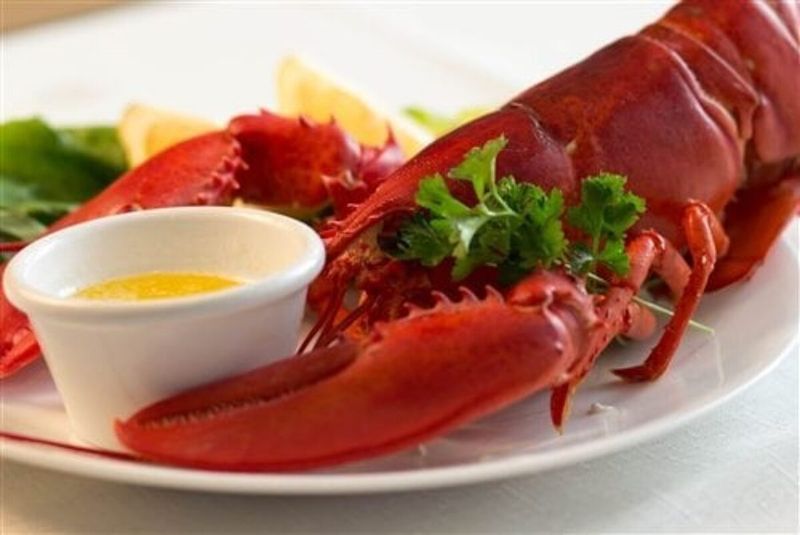
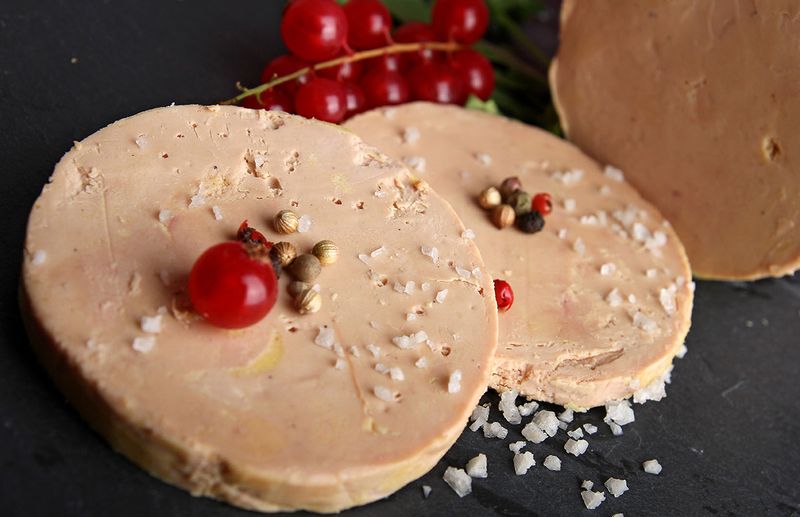
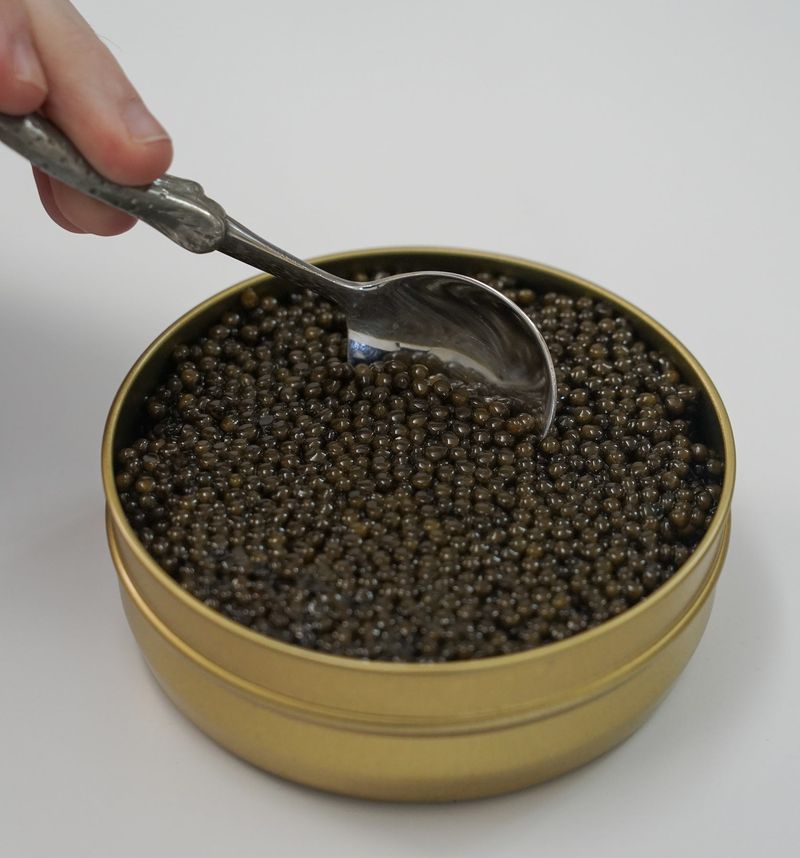
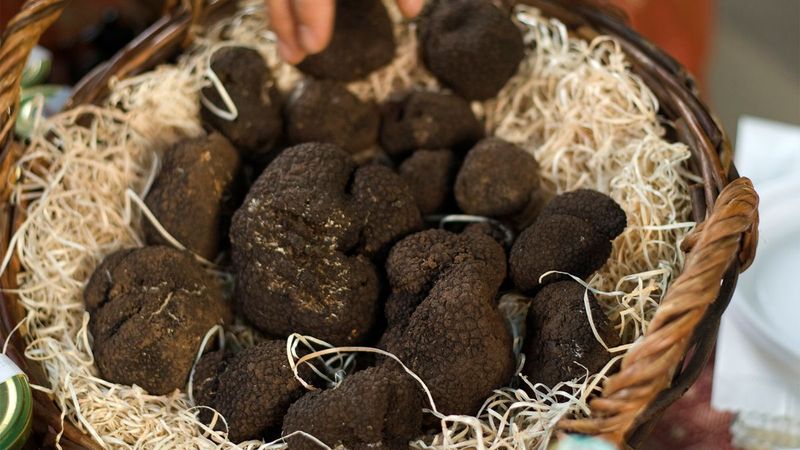
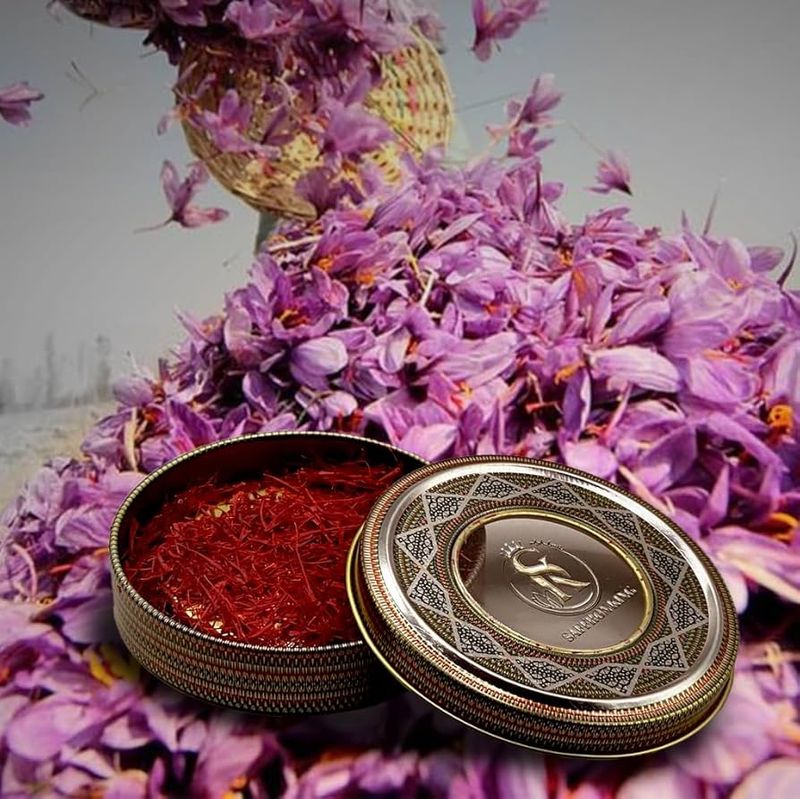
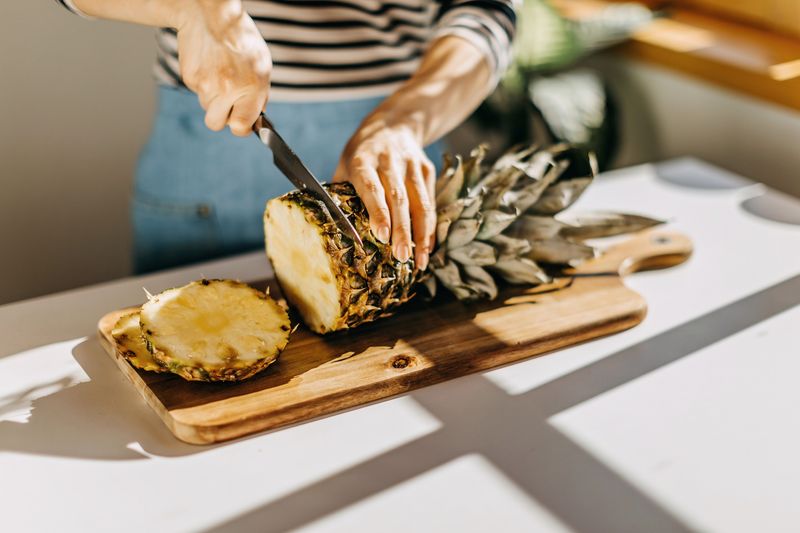
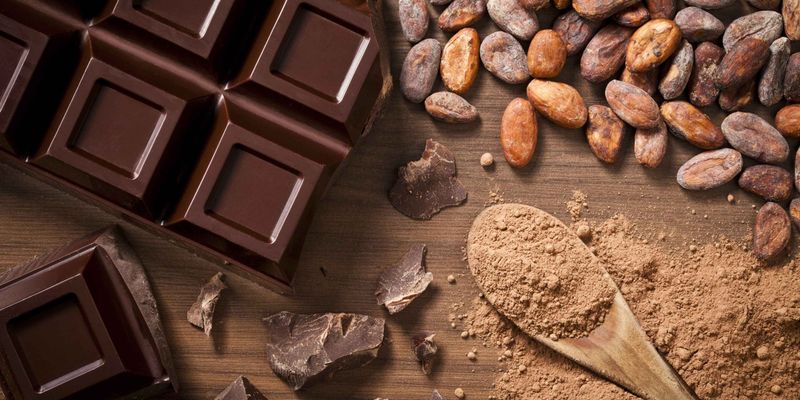
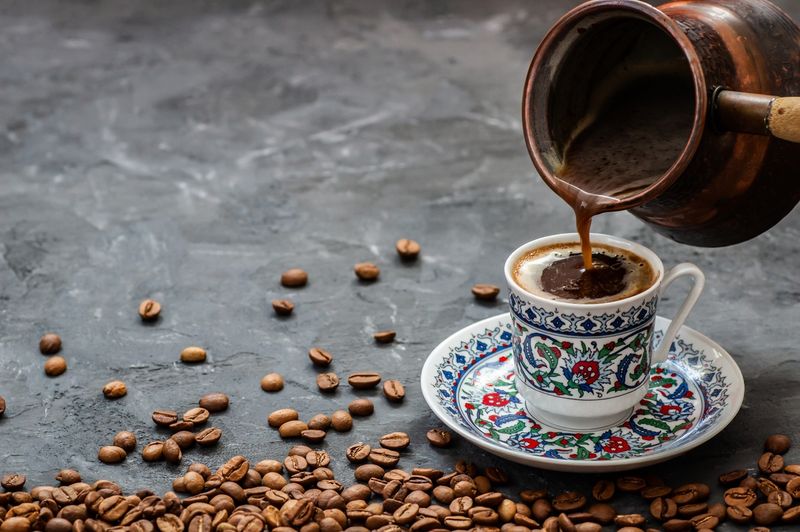
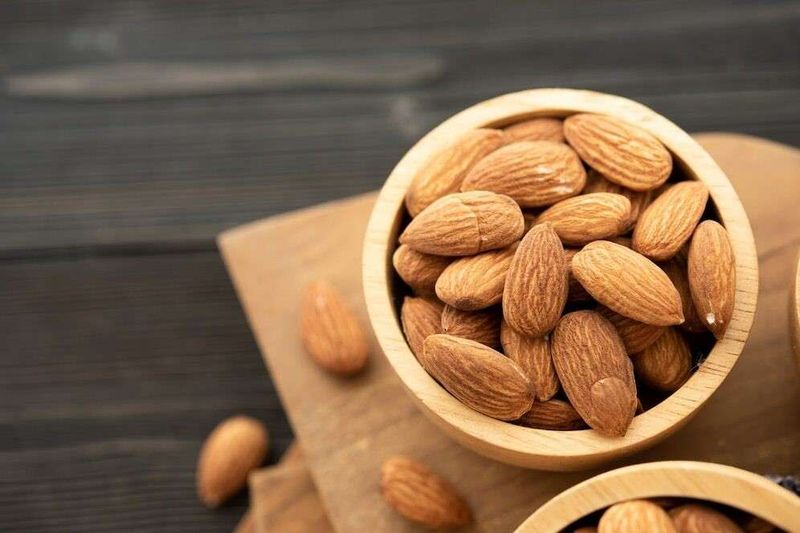
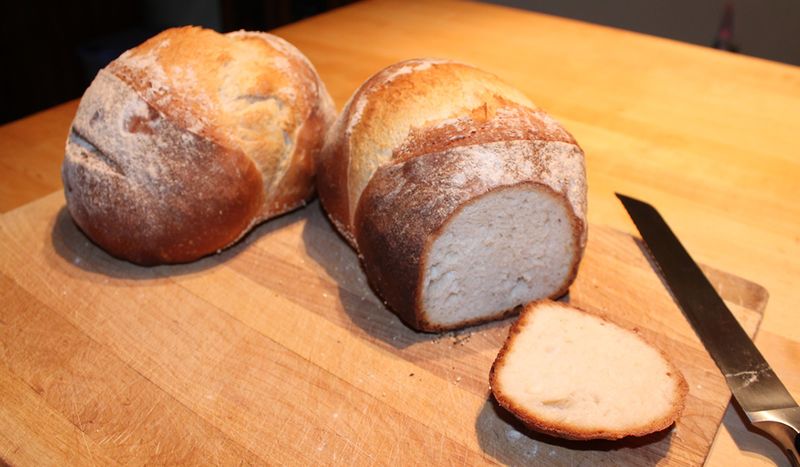
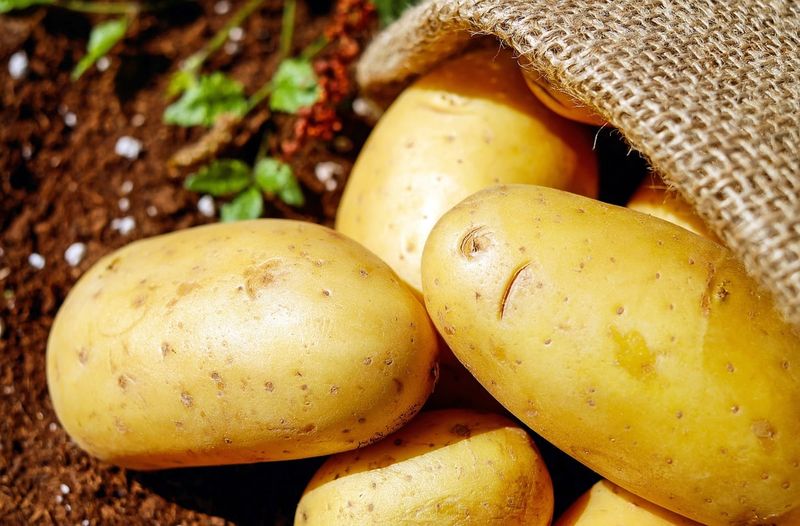
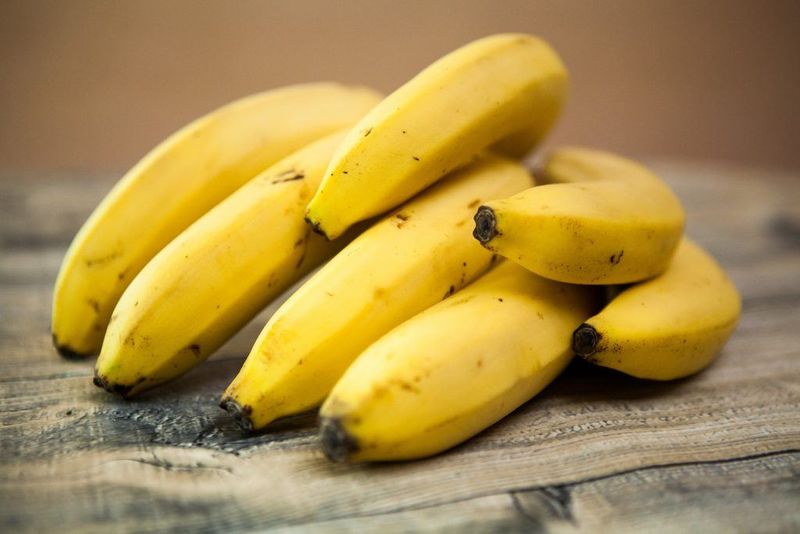
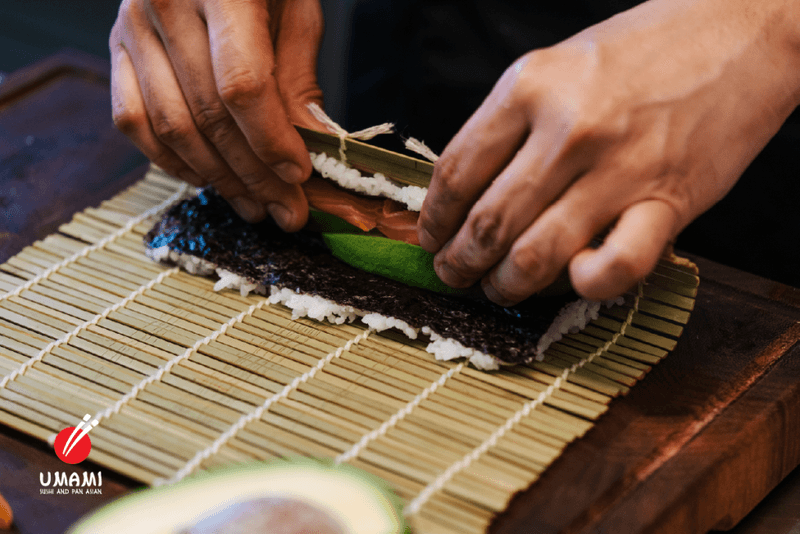
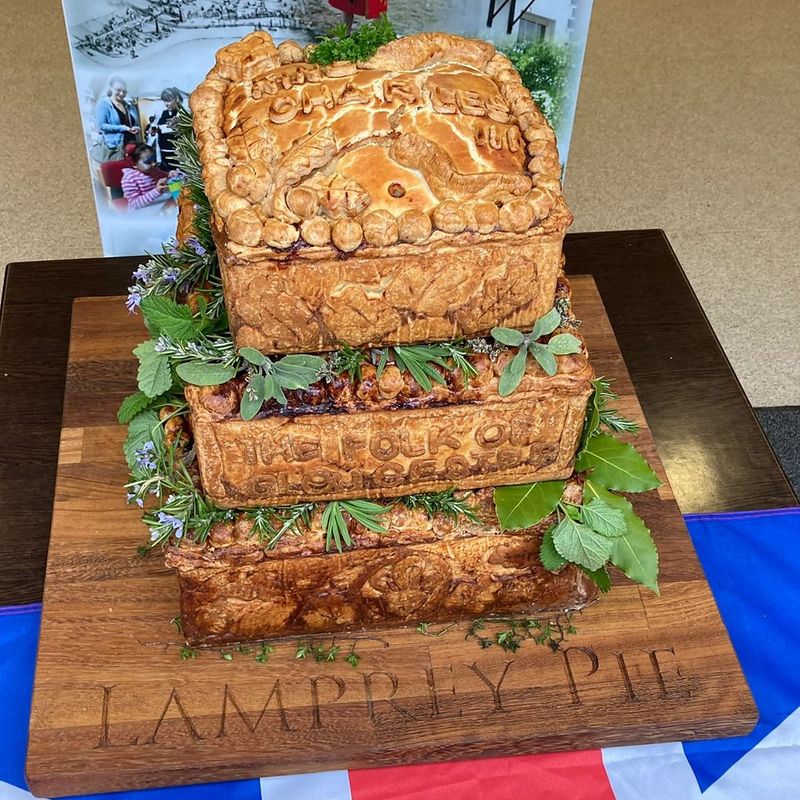
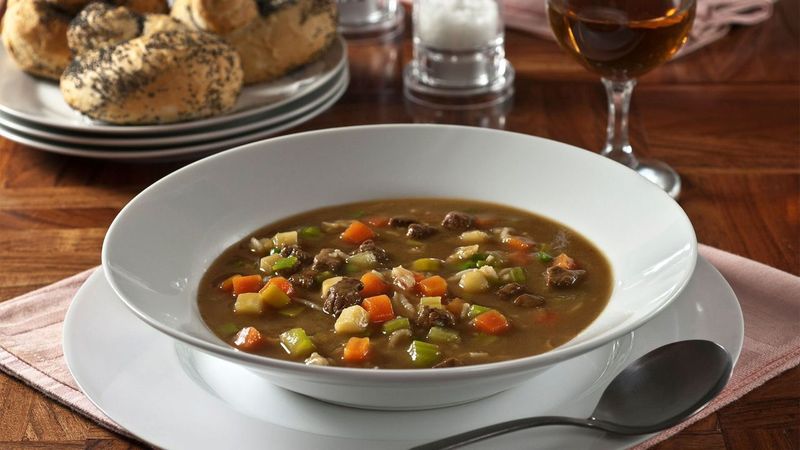
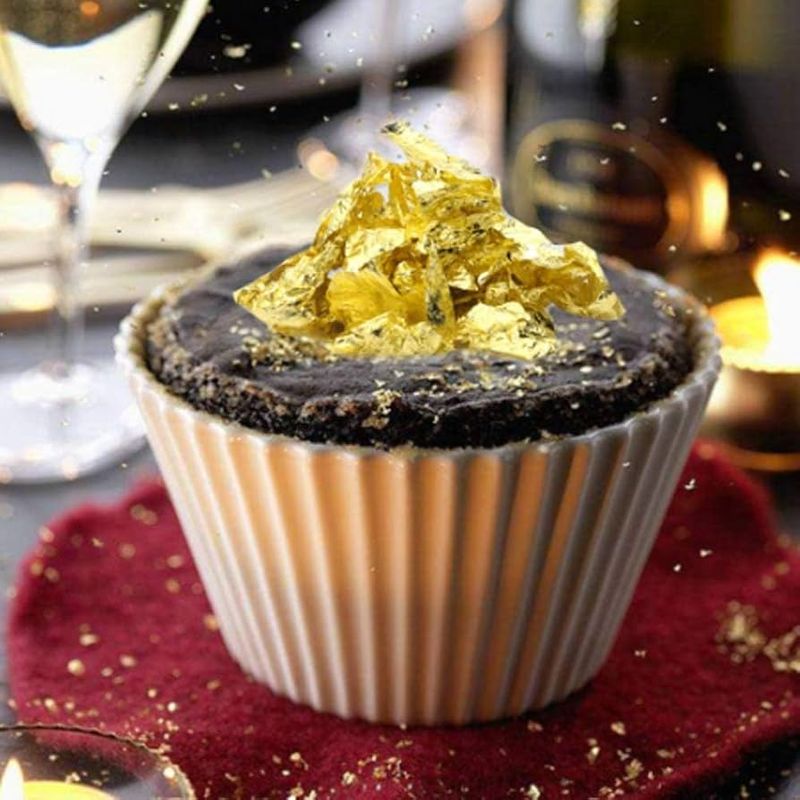
Leave a comment